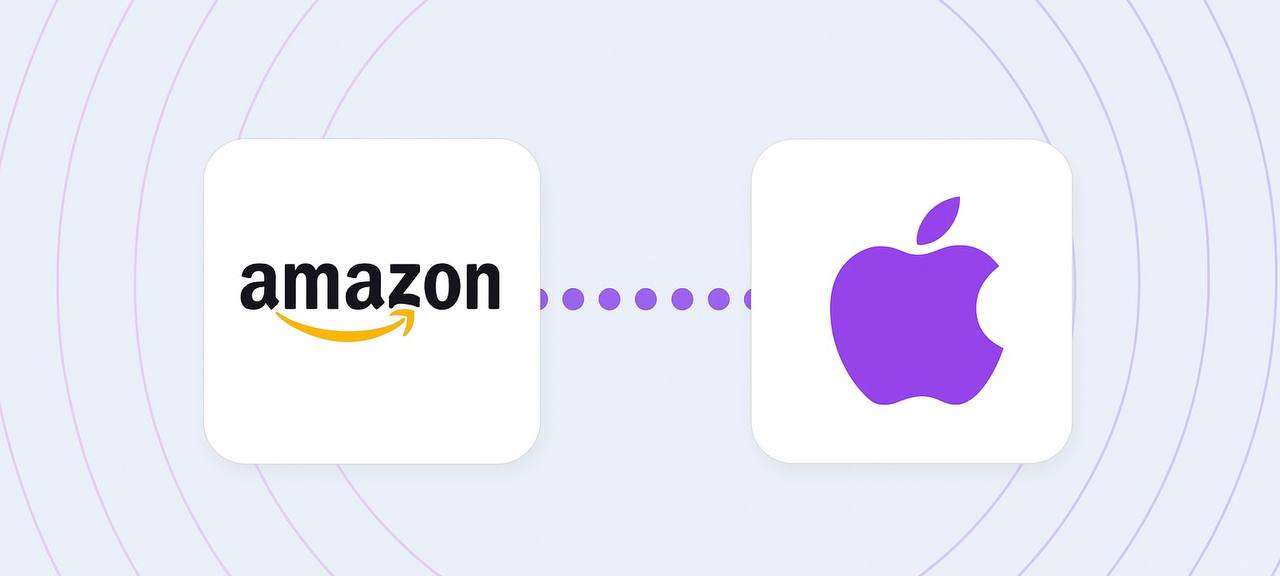Amazon charges a uniform 20% commission on app sales and in‑app purchases, unlike Google Play’s variable revenue splits.
This transparency grants developers a predictable baseline to project net revenues, but it also sets a clear threshold to meet through complementary monetization strategies.
With regulatory changes on Google Play—stricter ad-transparency, mandatory disclosures, and limitations on background ad downloads—the Amazon ecosystem becomes an attractive route for alternative monetization via a forked Android environment.
Amazon’s ecosystem offers access to Fire tablets, Fire TV, and even sideloading on Windows and macOS.
It enables developers to experiment with hybrid revenue channels and leverage passive SDK-based models that operate invisibly alongside core app functionality.
In this context, SDKs designed for non-intrusive, passive revenue—especially those enabling peer‑to‑business data flows—stand out as a stable complement to existing revenue streams and position developers to maximize monetization from 100% of users.
A Seven-Stage Roadmap to Amazon App Monetization
1. Audience Profiling and Revenue Benchmarking
Developers should begin by analyzing Fire device install volumes and user demographics via Amazon’s developer portal.
Tools like Amazon’s monetization reports dashboard reveal subscription and revenue trends in detail (source).
Concurrently, leveraging industry benchmarks from AppsFlyer—such as Day‑30 and Day‑90 LTV and ARPDAU forecasts for hybrid models—can establish realistic projections.
2. Choosing the Right Monetization Model
Monetization models range from classic ads and IAPs to subscriptions and SDK-based passive flows.
Peer-to-business SDKs like Infatica allow silent, background monetization from every user session without visible ads or opt-ins.
This model proves less intrusive than Honeygain’s P2P structure and has lower performance overhead compared to bandwidth-based proxies like Proxyrack.
3. Integrating the SDK via an Android Fork
Integration involves including Amazon’s Appstore SDK and then adding Infatica’s module, compatible with Android, FireOS, Windows/macOS, and browser extensions.
The implementation is straightforward using Gradle or AAR packages, and doesn’t interfere with UI threads, ensuring smooth app behavior.
4. Performance Validation and Quality Assurance
Background task threading ensures SDK operations consume <1% CPU and maintain minimal battery impact.
Verified through internal benchmarks and Amazon’s launch standards, the SDK guarantees no disruption to UX or app startup latency.
5. Tracking Revenue Metrics and Optimization
Developers monitor key monetization indicators like ARPDAU, LTV, eCPM, sub-ID revenue, SDK-based income, and licensing streams.
Tools such as AppsFlyer help visualize these trends while Amazon’s reporting platform offers breakdowns of IAP and subscription metrics.
6. Maximizing ARPU through Data Insights
Experiments such as subscription bundles or dynamic SDK engagement scaling can raise ARPDAU substantially.
A recent puzzle game saw ARPDAU increase by 80%, LTV grow to $4.10, and SDK revenue contribute over 43% of monthly income, with zero user disruption.
7. Scaling Across Platforms
Once success is demonstrated on Fire devices, developers can port their apps—SDK included—to Windows, macOS, and Chrome extensions using the same framework, maximizing monetization potential while maintaining compliance.
How Infatica SDK Addresses Monetization Consistency
Infatica enables developers to generate passive income from 100% of their user base without disrupting UX.
It runs silently, consumes minimal resources, respects user privacy via anonymized data, and complies with global standards like GDPR and CCPA.
SDK behavior adapts dynamically to device performance and system constraints, ensuring sustained trust and technical compatibility.

Deep Dive Into Performance and Privacy
Developers often ask whether SDKs degrade performance or drain battery. In Infatica’s case, all operations are thread-optimized and delayed to avoid spiking background jobs.
Memory consumption stays low, and anonymized telemetry respects user boundaries.
Security audits from Bitdefender and ISO27001 compliance offer further confidence.
See the Transparency Center for details.
External Validation & Industry Benchmarks
AppsFlyer’s 2025 report confirms that hybrid monetization is outpacing traditional ad models, with ARPU rising on Android.
Onix Systems notes that 82% of Amazon apps are free, meaning SDK monetization is vital (source).
Studies published on Xiaojing Liao and NSF.gov highlight the risks of misconfigured proxy SDKs—issues that Infatica’s structure directly avoids.
2025 Checklist for Google Play Policy Compliance
Infatica SDK is dormant in Google Play and activates only in forked environments. This approach ensures compliance with:
ad transparency policies, background task regulations, GDPR/CCPA consent requirements, and licensing traceability.
Comparative Analysis—Infatica vs. Honeygain vs. Proxyrack
Among SDKs offering alternative monetization, Infatica stands out for invisibility, compliance, and passive engagement.
While Honeygain and Proxyrack rely on user interaction or bandwidth sharing, Infatica operates entirely in the background.
It ensures monetization from all users with the lowest risk and cleanest technical integration.
FAQ & Developer Q&A
Does Infatica SDK affect battery life? No. Average background CPU load is below 1%, and all tasks are deferred intelligently.
What happens with user data? Data is anonymized before processing. No personal identifiers are stored or transmitted.
Is it allowed in Google Play? The SDK disables itself in Google Play environments. Compliance is fully maintained across forks.
Call to Action
Ready to increase your app’s revenue passively?
Learn more about Infatica SDK
Related Posts:
